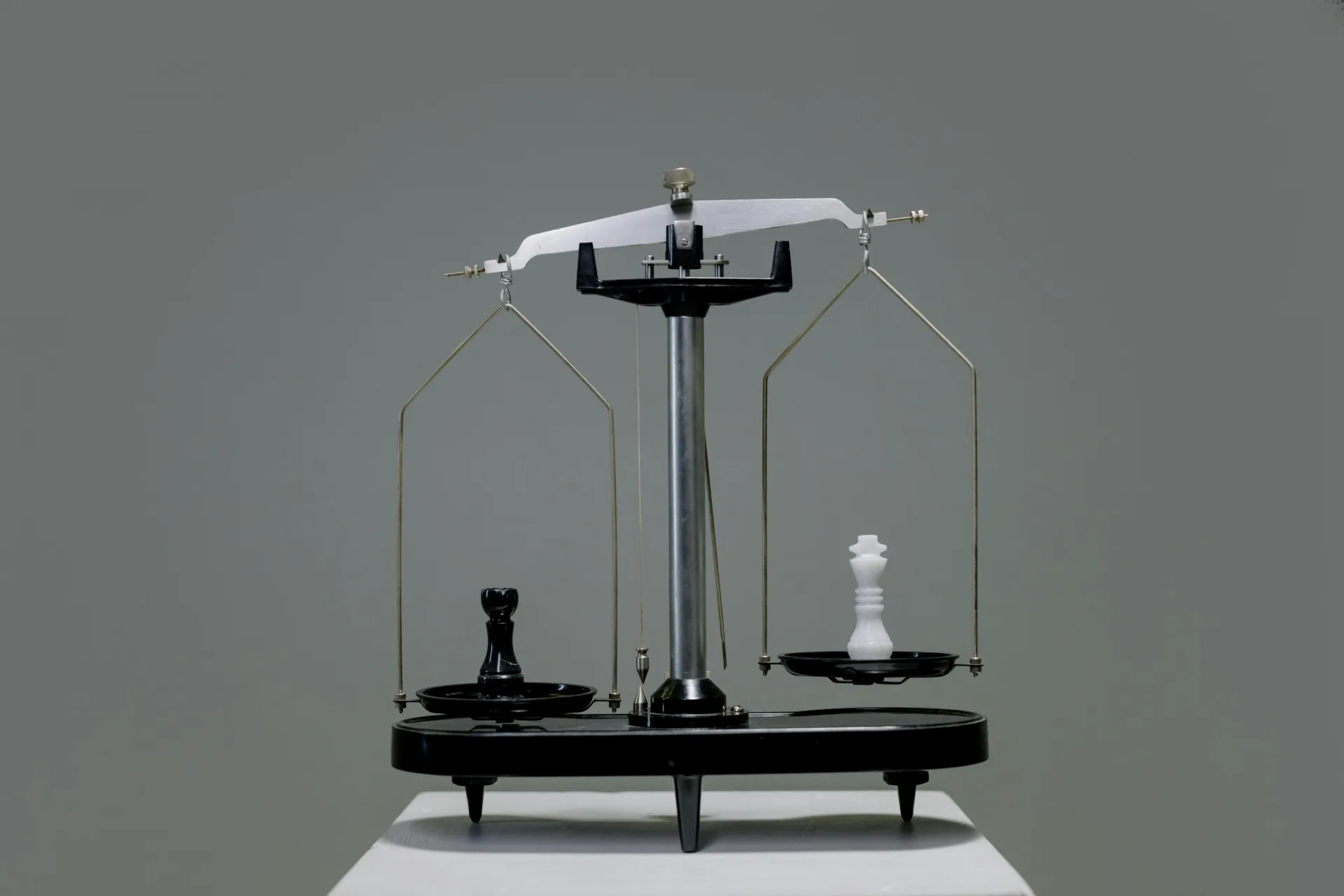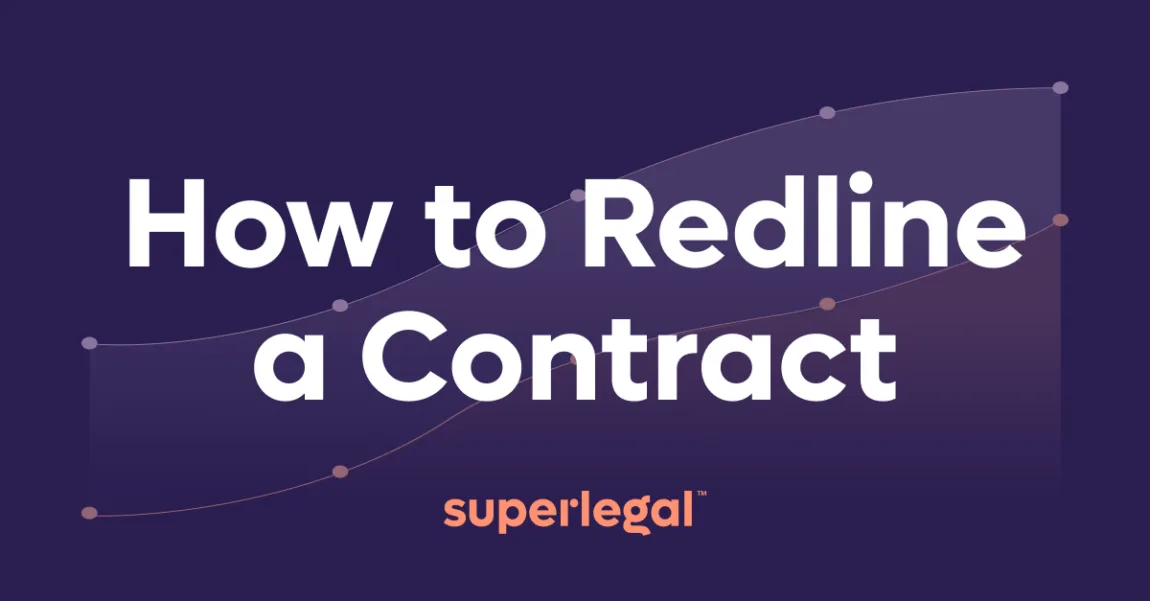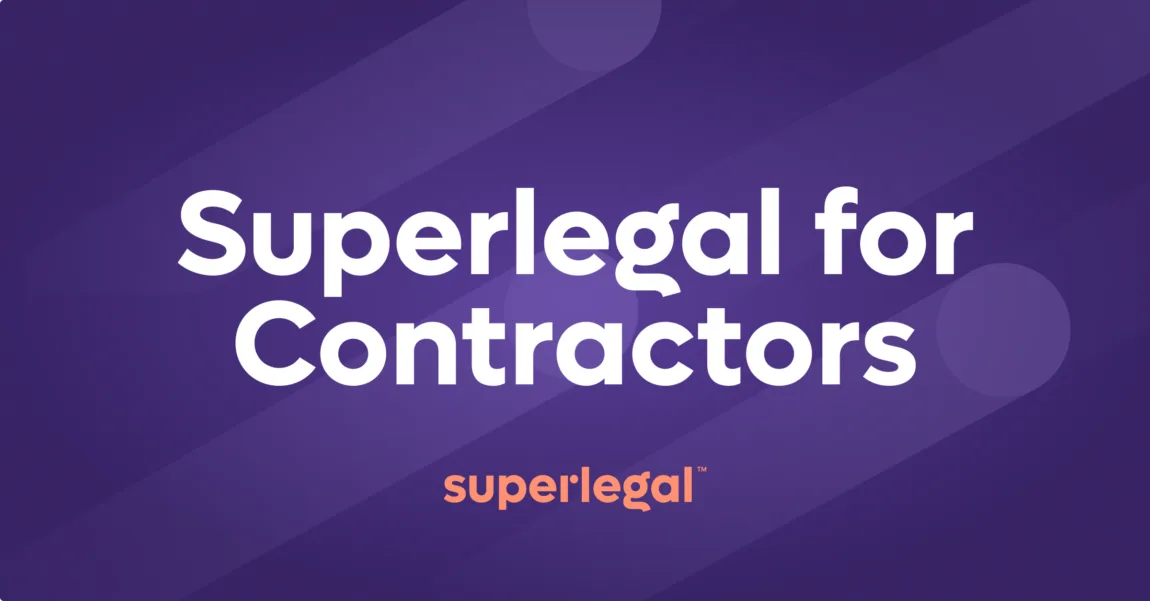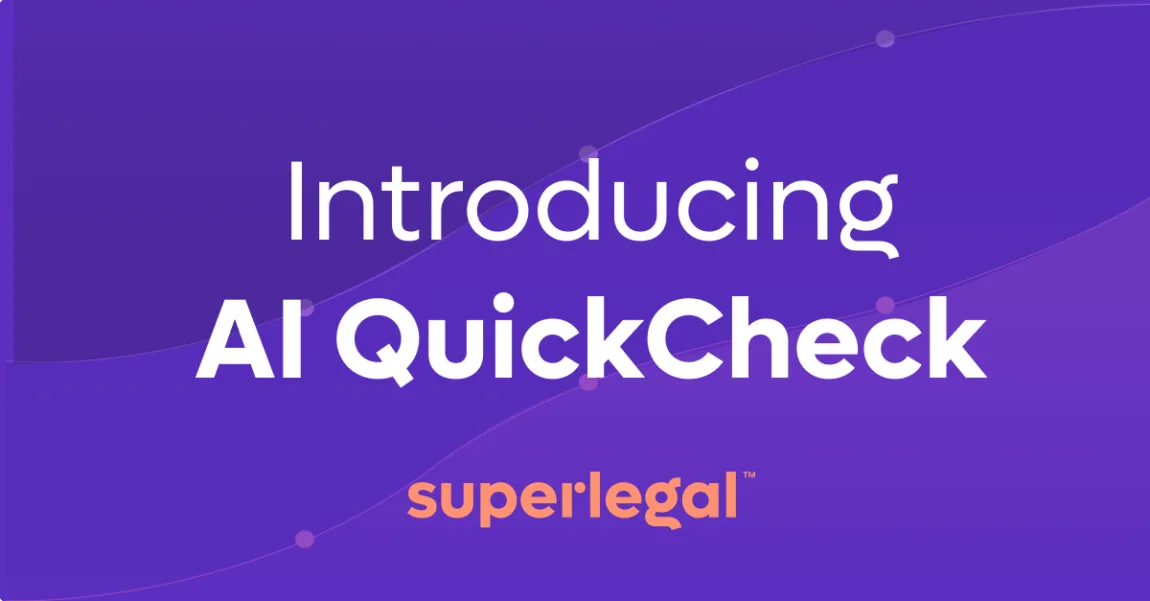You’re tasked with leading a crucial procurement project, a deal that could define your company’s future. You want flexibility. You want options to shift vendors or renegotiate terms as the market changes. But your suppliers demand certainty—locked-in contracts with firm timelines and conditions. It’s the age-old tug of war between freedom and security, and as the negotiator, you’re caught in the middle.
Externally, market forces are unpredictable. Prices spike overnight, supply chains snap, and competitors snatch opportunities before you can even send in a counteroffer. Internally, your team is torn: legal wants airtight risk management, while operations push for speed and scalability. Meanwhile, you wrestle with self-doubt. Are you prepared to navigate these tensions and secure the best deal?
This is the world of contract negotiation in the procurement process. Success means balancing opposing forces—cost vs. quality, speed vs. precision, and collaboration vs. control. How can you master this balancing act? What resources can help you stay ahead in a high-stakes environment where every clause matters?
The answers lie in understanding the key phases of procurement negotiation. Additionally, you want to learn how to wield both relationships and leverage, and ultimately, embrace the right technologies to eliminate friction from the process.
Understanding procurement negotiation
Contracts are the bedrock of any business relationship, especially in procurement. But if you’ve ever felt like contract negotiation is an endless maze of terms and conditions, you’re not alone. Procurement contracts exist to protect both parties, providing a legal framework for delivering goods and services.
So what is contract negotiation in procurement process and what does it look like? It’s about aligning priorities—reconciling your company’s needs with what suppliers can deliver.
When done right, this process secures favorable terms that protect your business, minimize risks, and build trust with suppliers. Done poorly and you might end up with a contract riddled with ambiguities that erode profit margins and leave you vulnerable to legal disputes.
Procurement leaders who master procurement negotiation often achieve critical advantages:
- Cost savings through competitive bidding and well-defined pricing structures.
- Protection against supply chain disruptions, non-performance, and legal liabilities.
- Supplier relationships that lead to long-term collaborations and preferential terms.
These outcomes don’t happen by accident. They require preparation, strategic thinking, and—more often than not—support from legal and procurement tools. Many organizations are now turning to AI contract review software to speed up negotiation cycles and catch risky clauses before they derail the process.
Effective contract negotiation creates value on both sides of the table—achieving a win-win scenario.
Benefits of effective procurement negotiation
When organizations take the time to optimize contract negotiation in the procurement process, the benefits can be transformational. But what are those benefits, and how do they impact the bottom line?
First, there’s cost savings. Procurement negotiation sets competitive terms that maximize value. It can be through volume discounts, locked-in pricing, or flexible payment terms. Effective negotiation can trim operational costs—freeing up resources that can be reinvested elsewhere. Without a strong contract in place, businesses risk overpaying for underwhelming services or being blindsided by unexpected fees.
Risk reduction is another outcome. A well-negotiated contract outlines each party’s rights and obligations, leaving little room for misinterpretation. Clauses around liability, timelines, and deliverables provide a safety net to respond to supplier defaults or market volatility. Without these safeguards, you might find yourself scrambling to fix issues that could have been prevented with better preparation.
Stronger supplier relationships. Contrary to popular belief, negotiations don’t have to be adversarial. In fact, collaborative negotiation styles—where both parties aim for mutually beneficial terms—can pave the way for long-term partnerships. These relationships often yield perks like priority access to scarce resources, faster problem resolution, and innovation opportunities that wouldn’t be available otherwise.
Common contract negotiation styles and strategies

Negotiation is like chess—every move depends on your goals, your opponent’s intentions, and the stakes on the board. When it comes to contract negotiation in the procurement process, the wrong approach can create hostility and deadlock, while the right one fosters collaboration and alignment.
Broadly speaking, there are two primary styles of negotiation: collaborative and competitive.
- Collaborative negotiation focuses on creating win-win outcomes. Both parties align interests and find solutions that maximize value on both sides. This style is ideal when long-term supplier relationships are a priority, such as securing partnerships for strategic procurement projects.
- Competitive negotiation, on the other hand, is all about leverage. Each side aims to secure the best deal possible, often at the other’s expense. This style can be effective when there’s no ongoing relationship at stake or when negotiating with multiple vendors to drive prices down.
But negotiation is not a one-size-fits-all. In practice, skilled negotiators often adopt a hybrid approach—collaborative in tone but firm when it comes to non-negotiables. For example, they may emphasize partnership but remain unyielding on issues like pricing caps or performance guarantees.
One essential strategy to support this dynamic approach is BATNA—the Best Alternative to a Negotiated Agreement. Simply put, your BATNA is your fallback option if negotiations fail. The stronger your BATNA, the more confident you can be at the bargaining table. Let’s say you’ve secured multiple bids from suppliers, then you can push harder for favorable terms knowing you have alternatives.
So how do you decide which style or strategy to use? It all depends on your business objectives.
Are you looking to cut costs fast, or is long-term stability more important? Do you have strong alternative options, or is the supplier offering something unique that you can’t easily replace? The most effective procurement teams rely on a mix of instinct, data, preparation, and tools to guide their negotiation tactics.
Stages of procurement negotiation
This multi-stage procurement negotiation process helps you stay organized, anticipate challenges, and move negotiations forward with confidence to achieve the most ideal outcome for your organization.
1. Pre-negotiation preparation
Success in contract negotiation in the procurement process starts long before anyone sits at the table. Preparation is where the groundwork is laid, and it often determines the outcome of the entire process.
During this phase, procurement teams:
- Research potential suppliers, and assess reputation, financial stability, and track record
- Analyze procurement needs, budget, goals, non-negotiables, and acceptable risk levels
- Develop a BATNA (Best Alternative to a Negotiated Agreement) for leverage, just in case
Without proper preparation, you risk being blindsided by terms that don’t align with your business priorities. Thorough prep allows you to walk into negotiations armed with facts and fallback options.
2. Active negotiation
This is where the action happens. The active negotiation phase involves procurement negotiation discussions, offers, counteroffers, and sometimes intense back-and-forth exchanges.
Here, the focus is on:
- Presenting your terms while listening carefully to the supplier’s needs and constraints.
- Conceding minor points to gain leverage on pricing, timelines, performance, and so on.
- Watching out for ambiguous contract language that could introduce risks or hidden costs.
Skilled negotiators also monitor body language and tone—whether in person or on video calls—to gauge how their counterparts are responding. The key is to maintain a balance between collaboration and assertiveness. If either party feels forced into an unfavorable deal, it can strain future relationships.
3. Post-negotiation actions
We’ve seen when companies overlook post-negotiation actions, and end up in legal disputes when vague or misinterpreted terms come to light during execution. Once the major terms are agreed upon, it’s time to finalize the contract and make sure the overall implementation runs smoothly. This phase involves:
- Reviewing the final contract to confirm all agreed-upon terms are accurately reflected.
- Securing signatures and approvals from stakeholders.
- Communicating contract obligations to internal teams, such as legal, finance, and operations.
Investing time in a thorough contract review can prevent costly misunderstandings later on.
Bonus: Accelerating the process with AI
AI-powered technology can speed up all three stages of procurement negotiation by:
- Analyzing contracts and supplier proposals to highlight risks and opportunities.
- Automating the review of legal language, saving time for procurement teams.
- Guaranteeing compliance with internal policies and regulatory requirements.
AI contract review software lets negotiators focus on high-level strategy rather than being bogged down by paperwork. Thanks to the right automation technology, you can gain a clear insight into the process and insights from your internal team to dramatically shorten your negotiation cycles.







By entering your email, you agree to our Terms & Conditions and Privacy Policy.